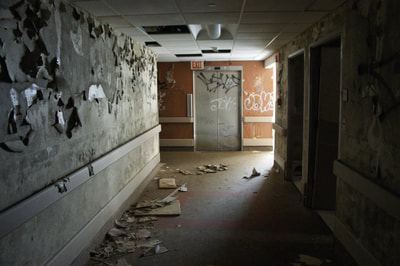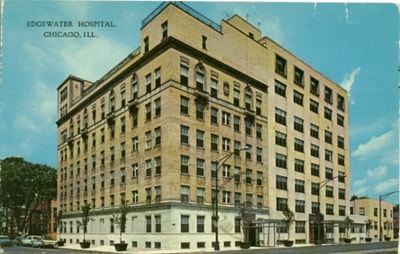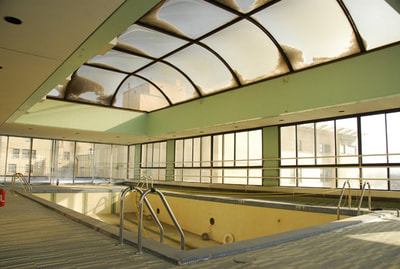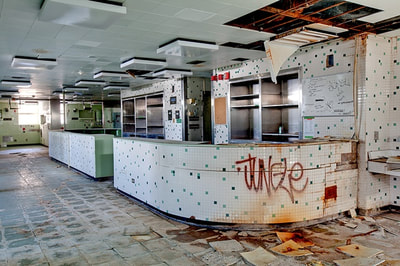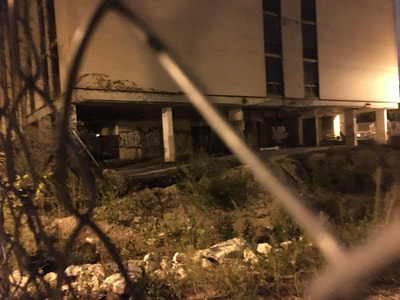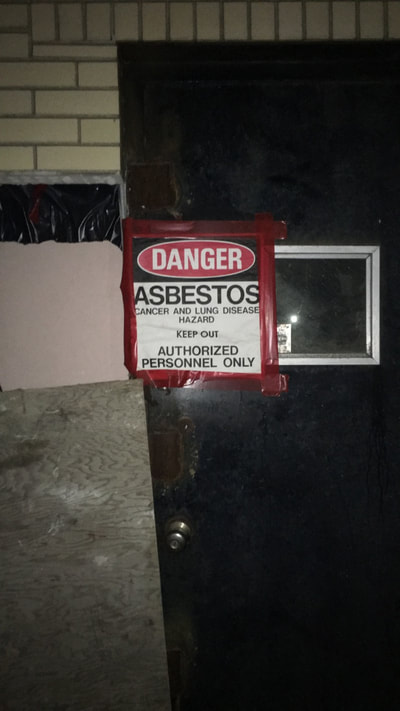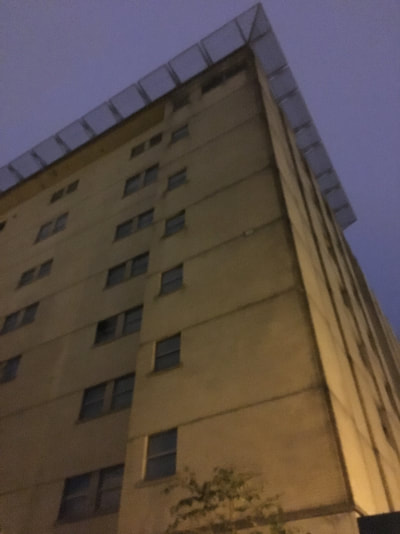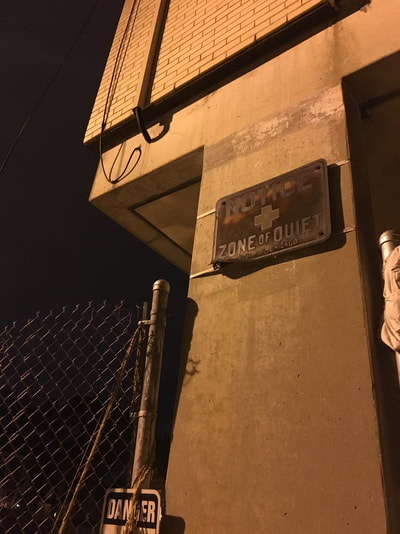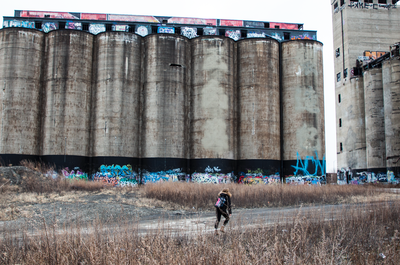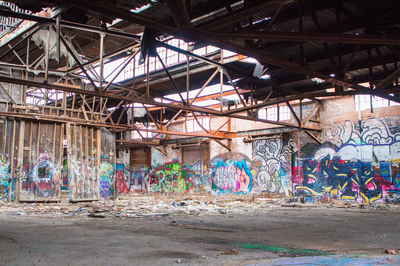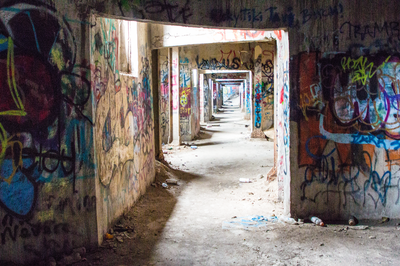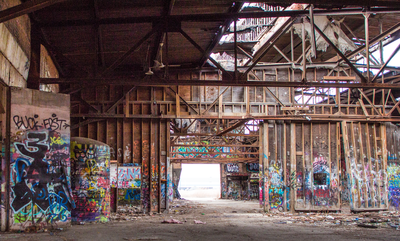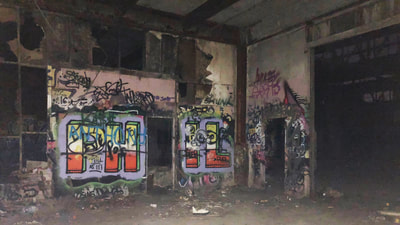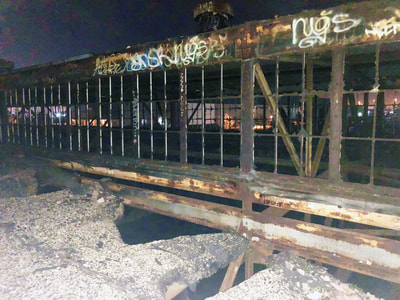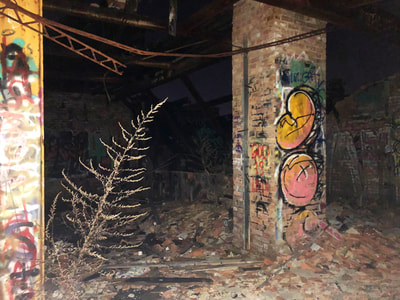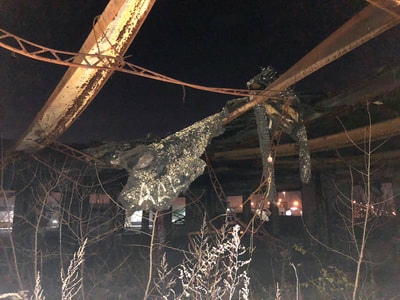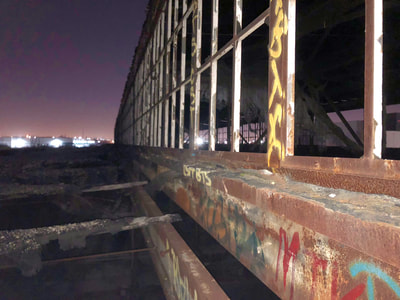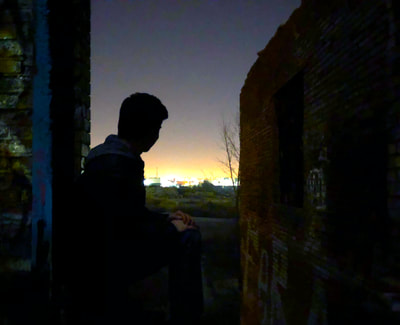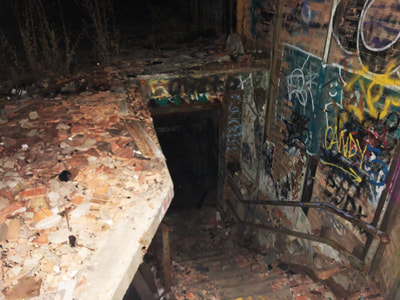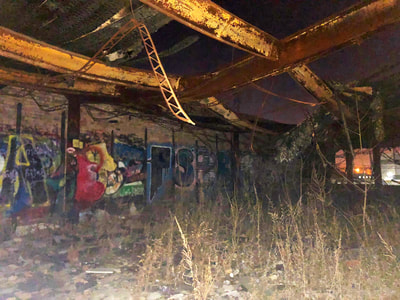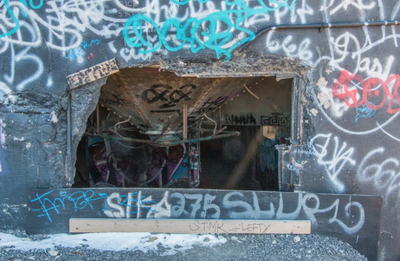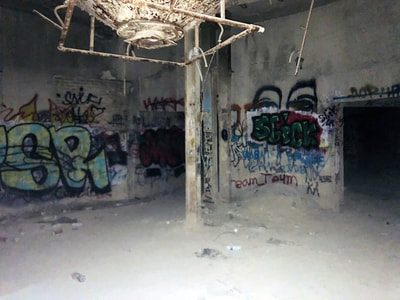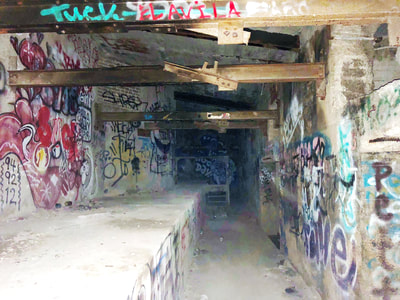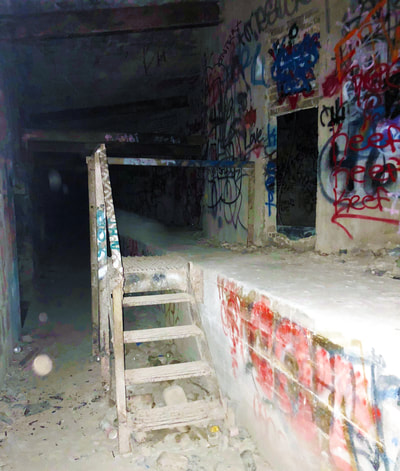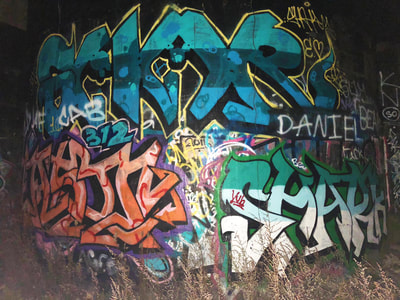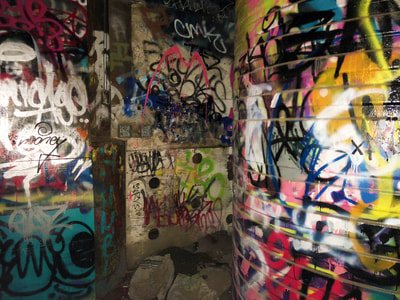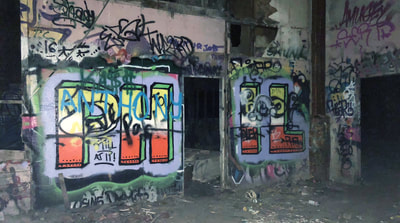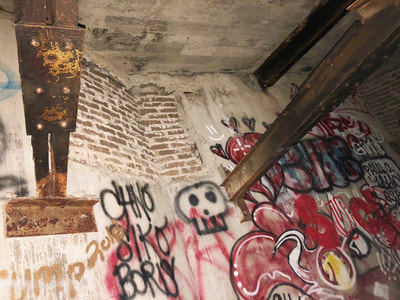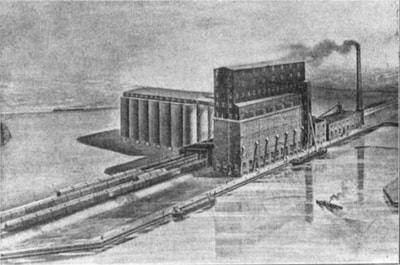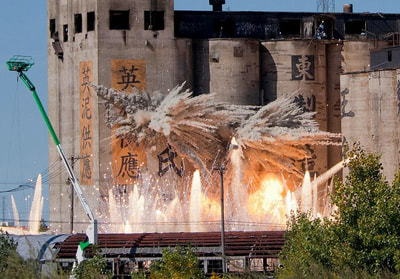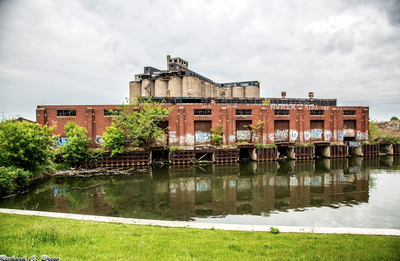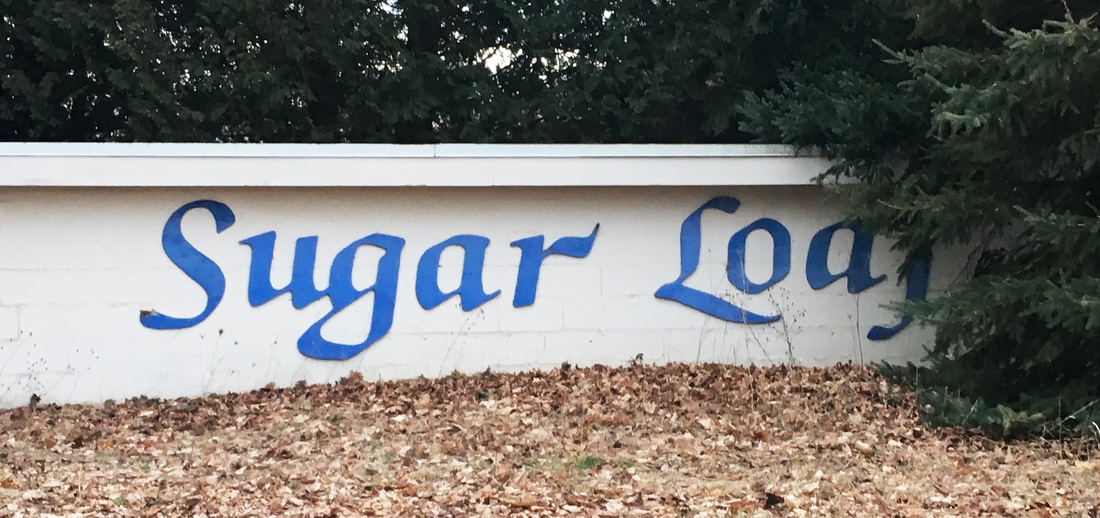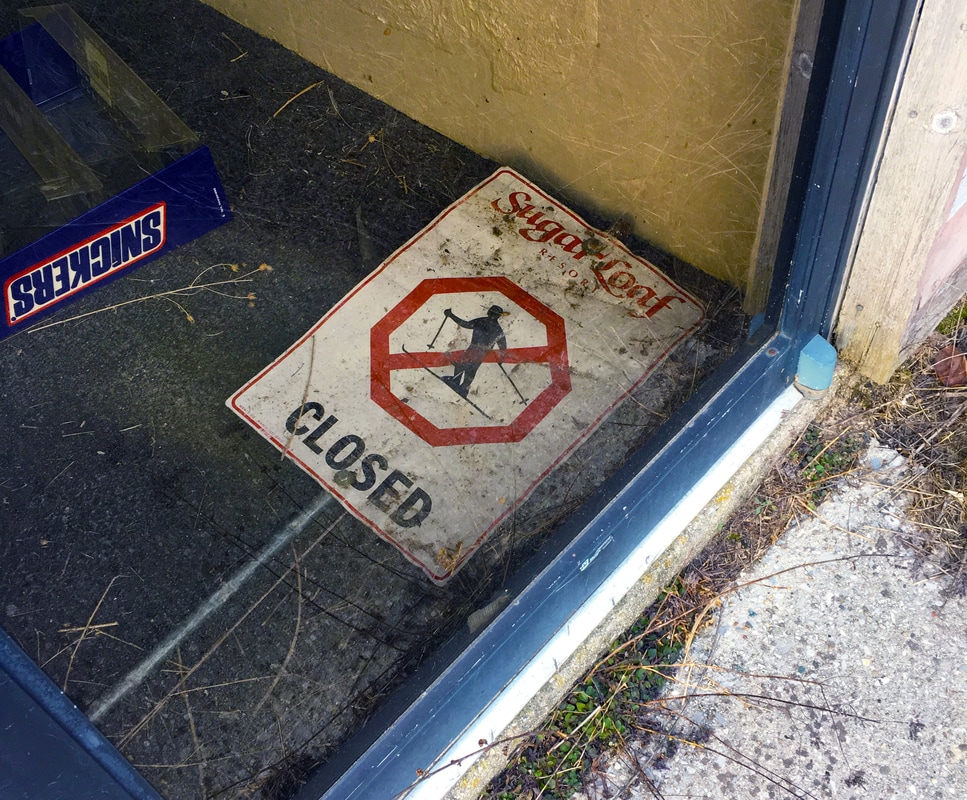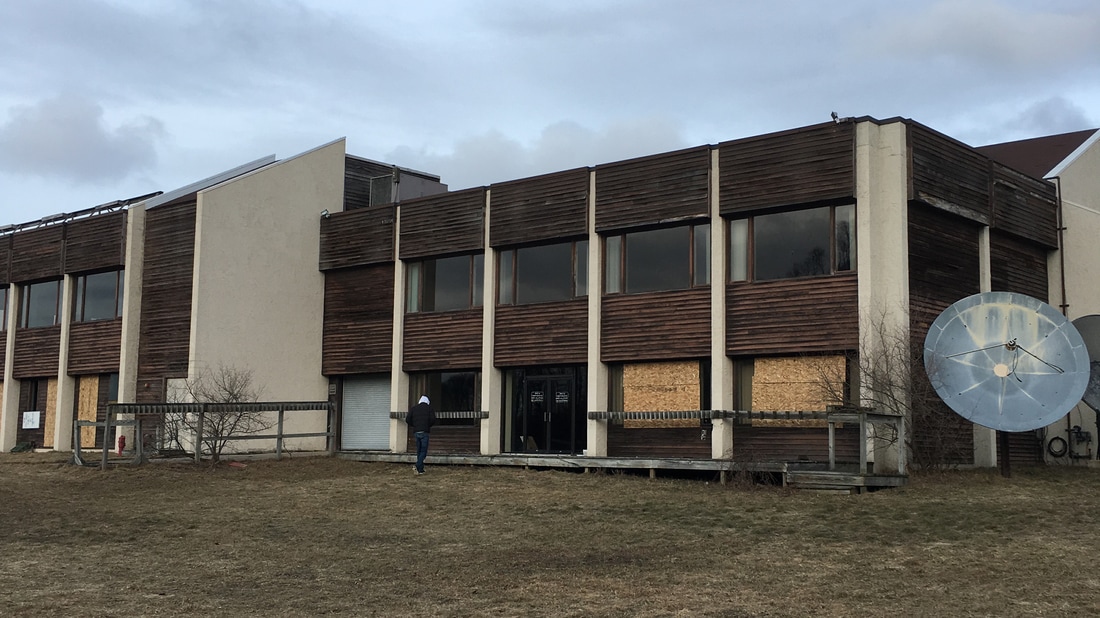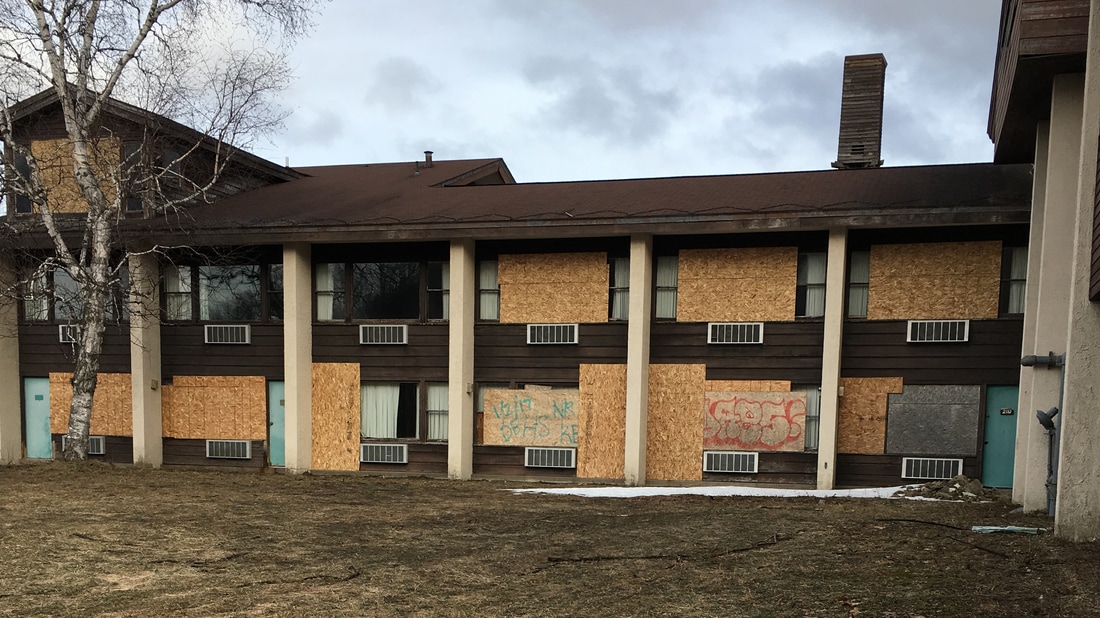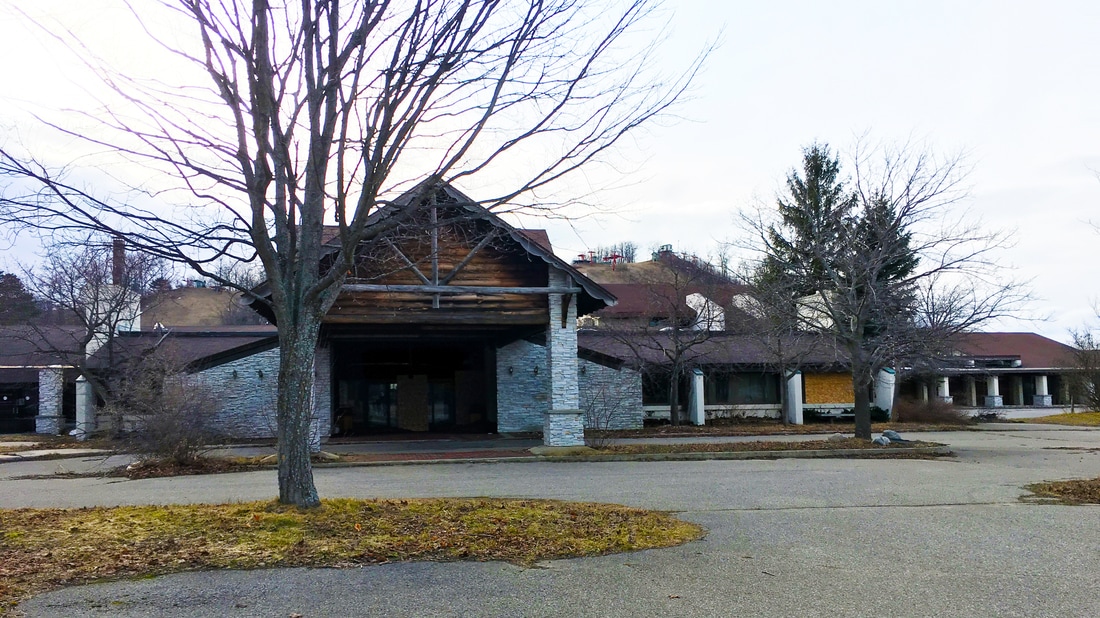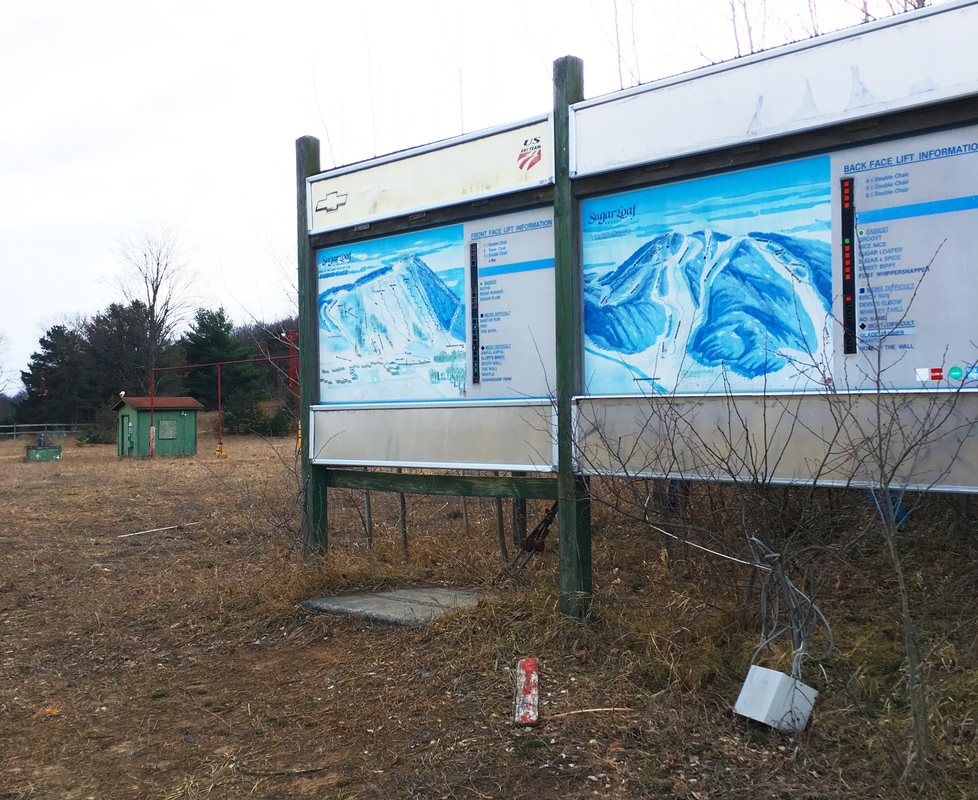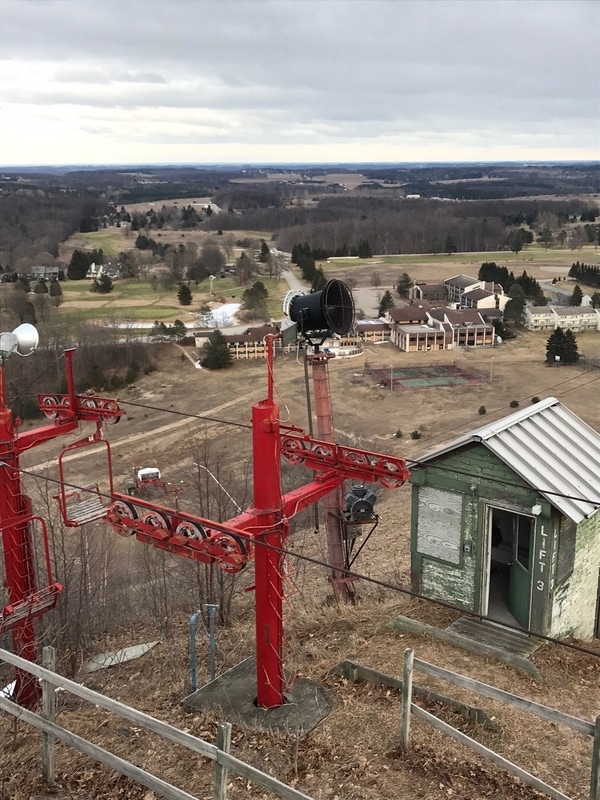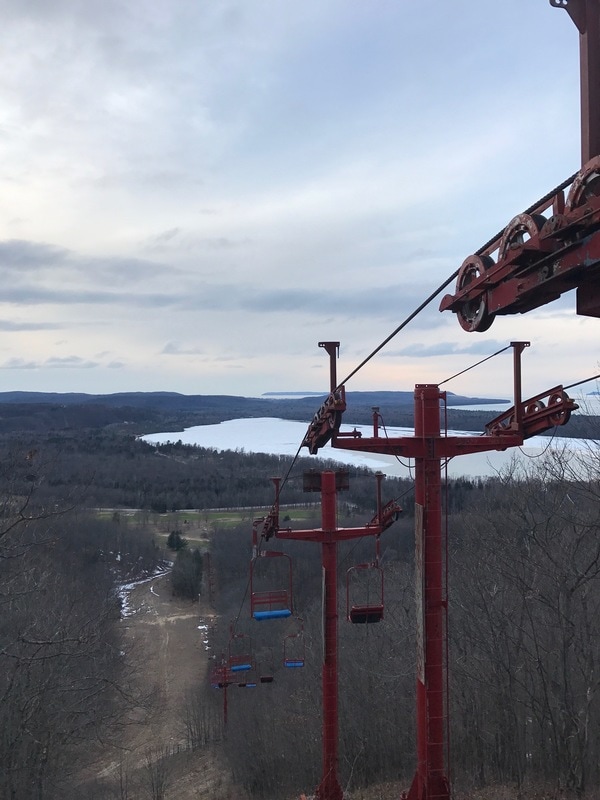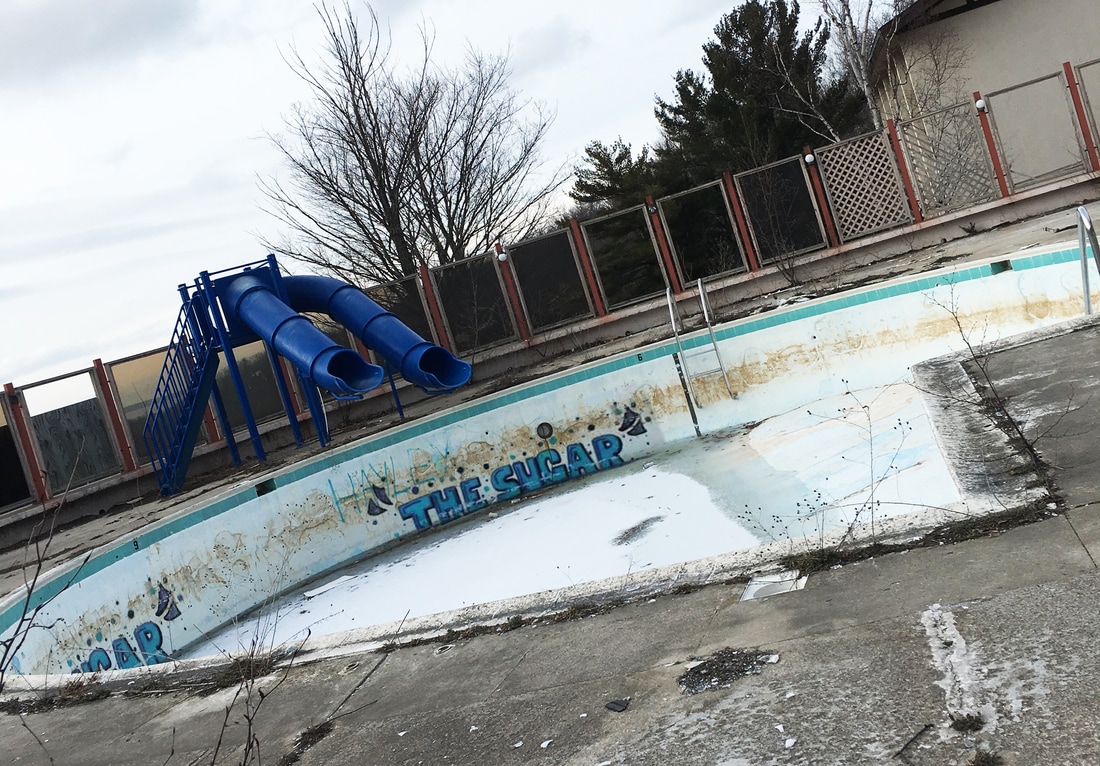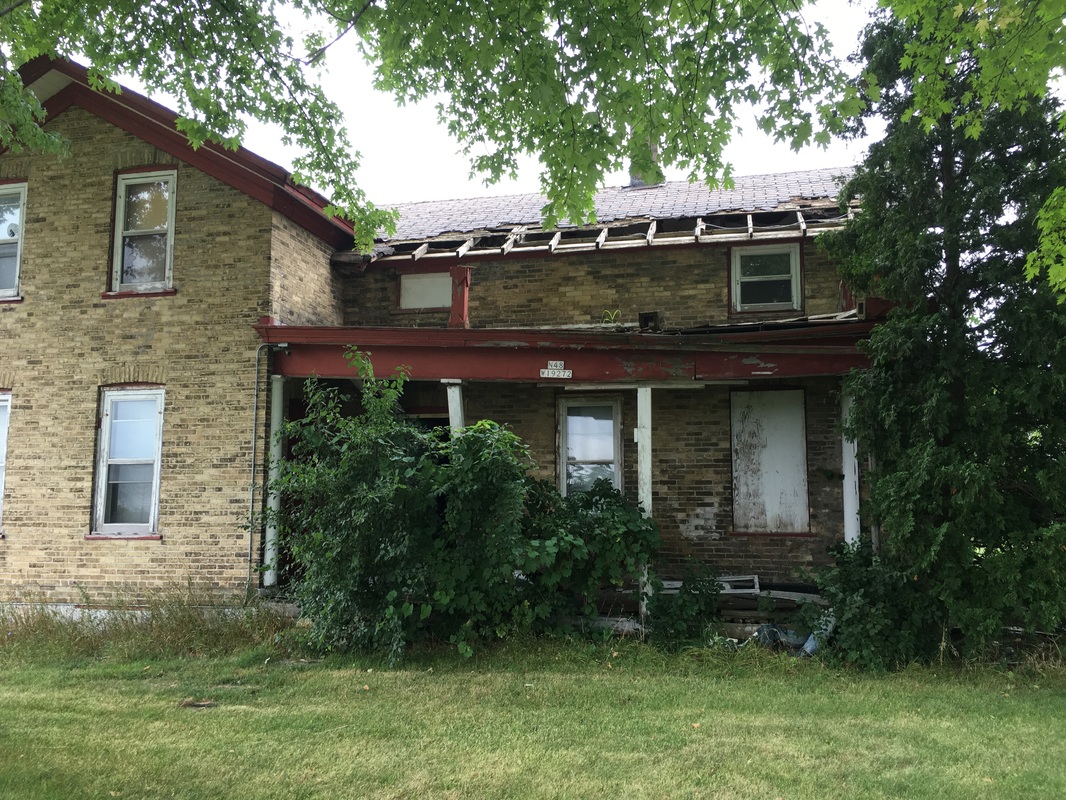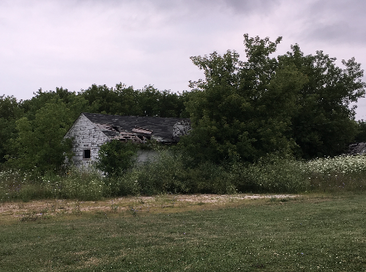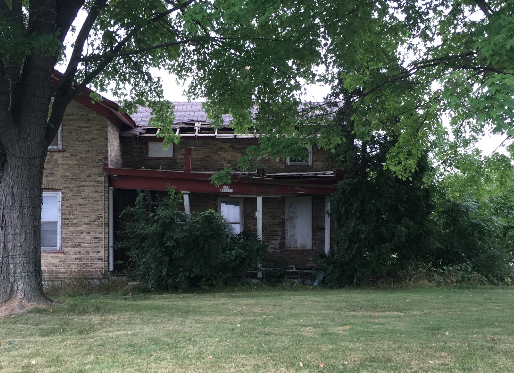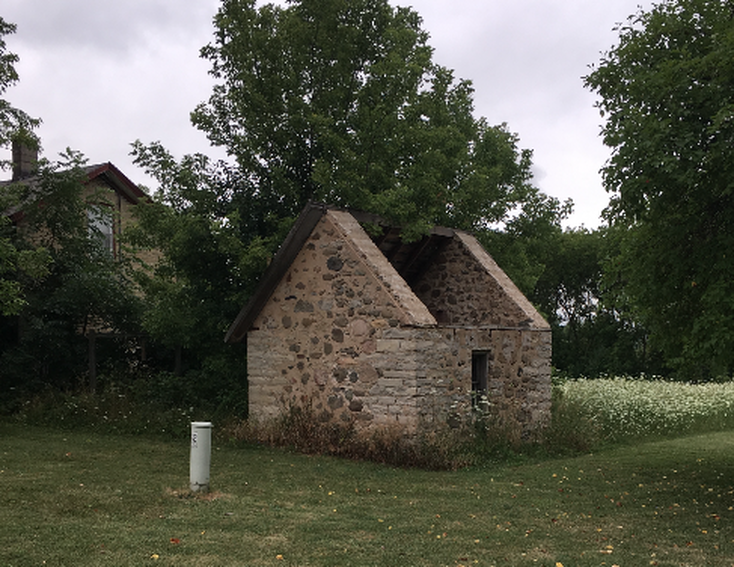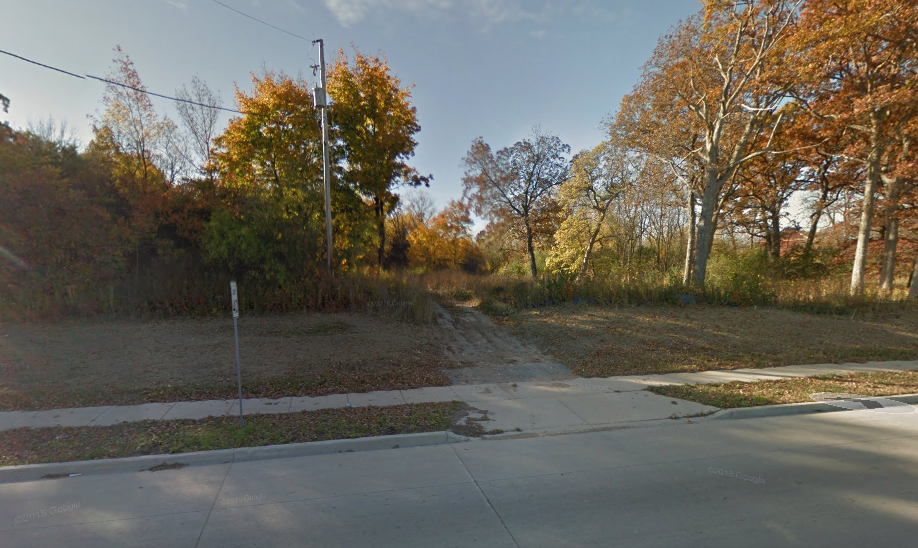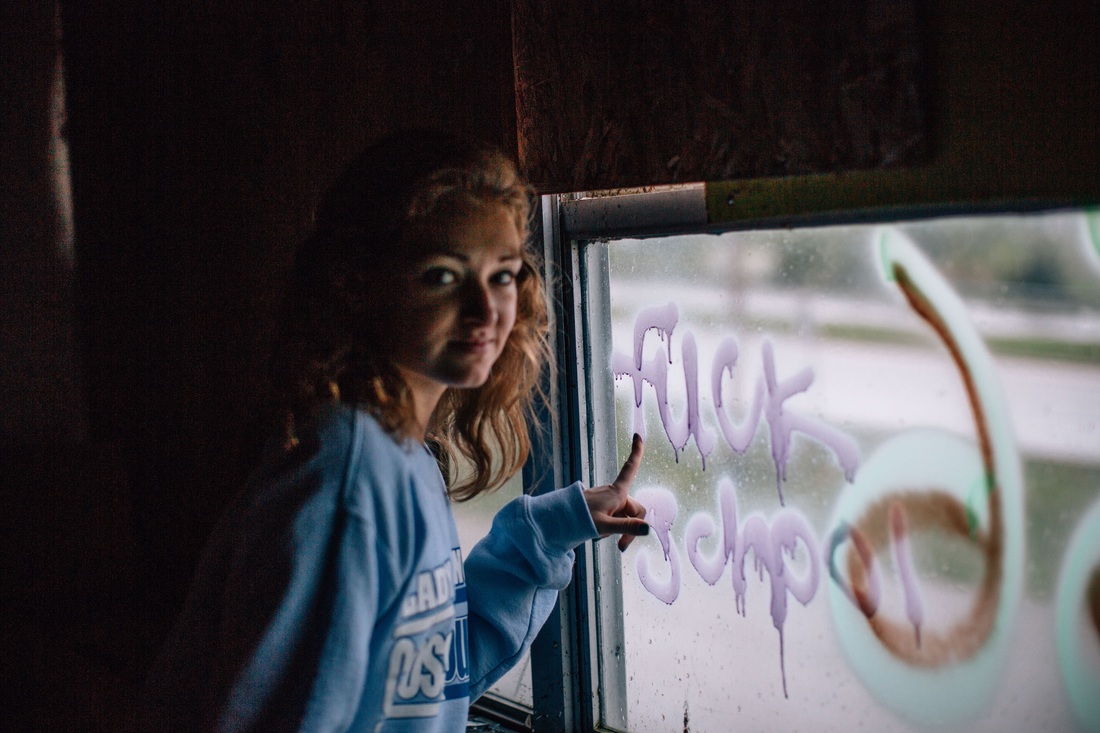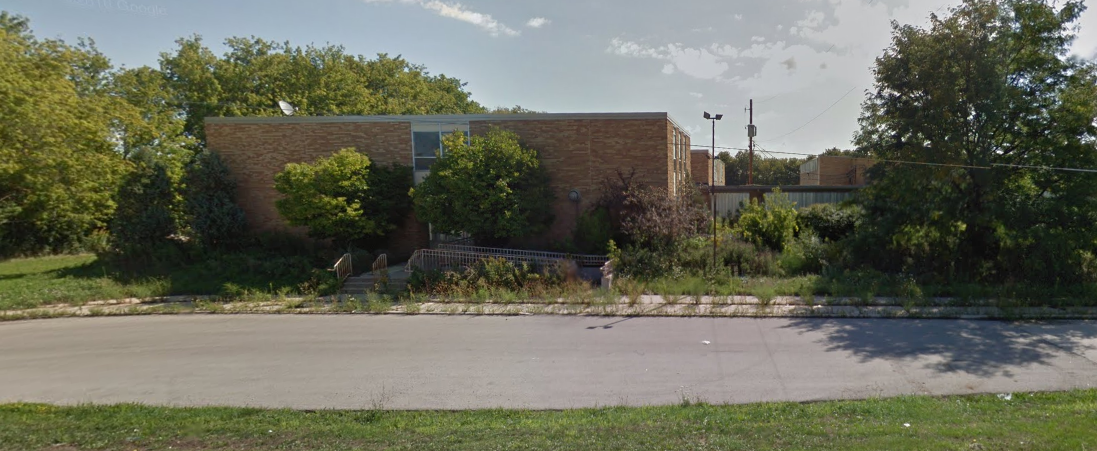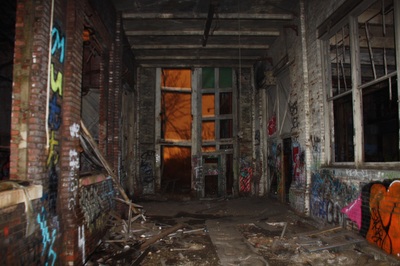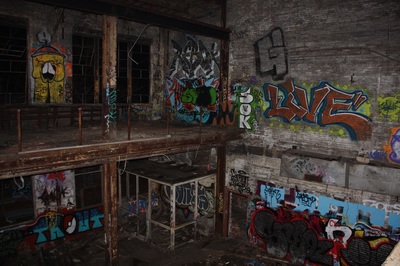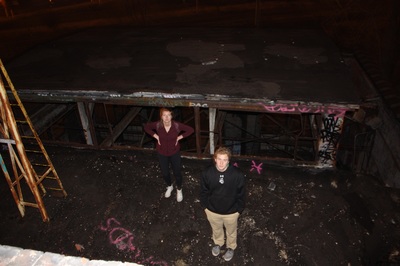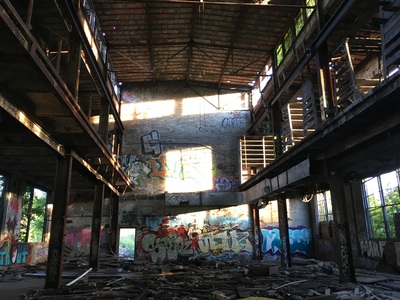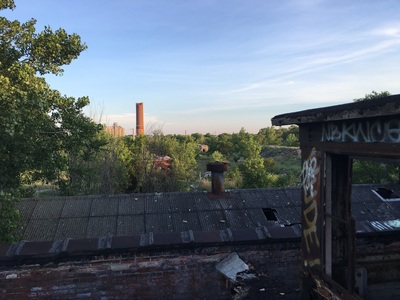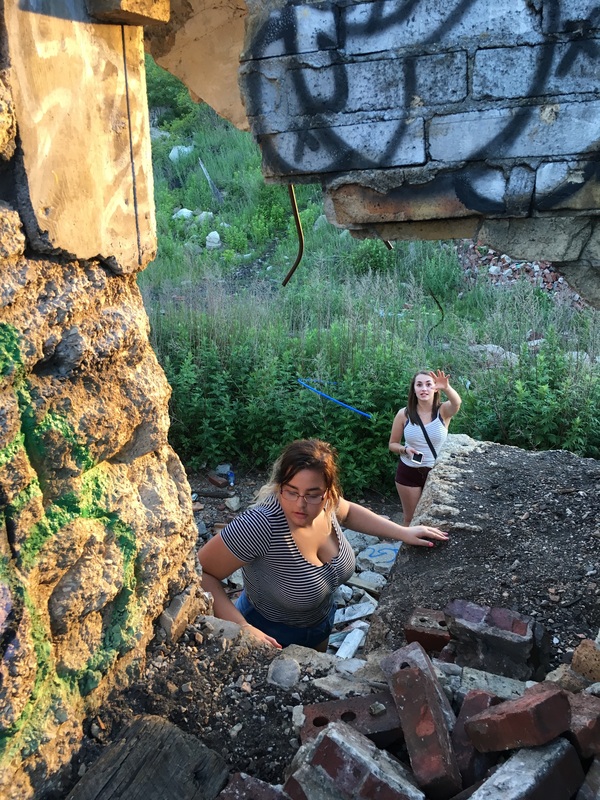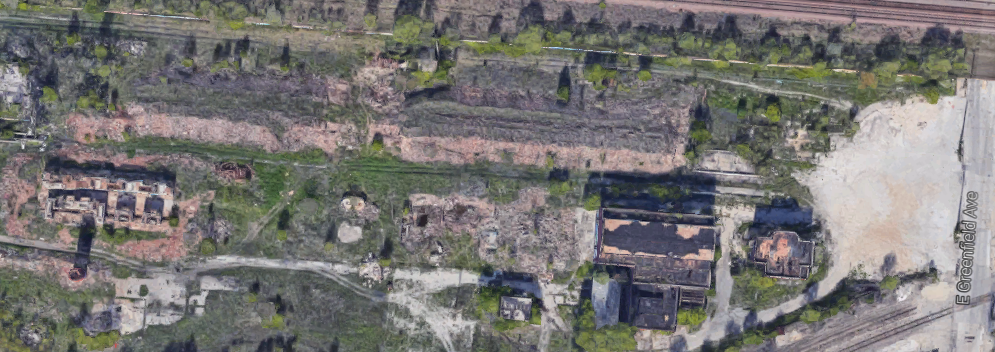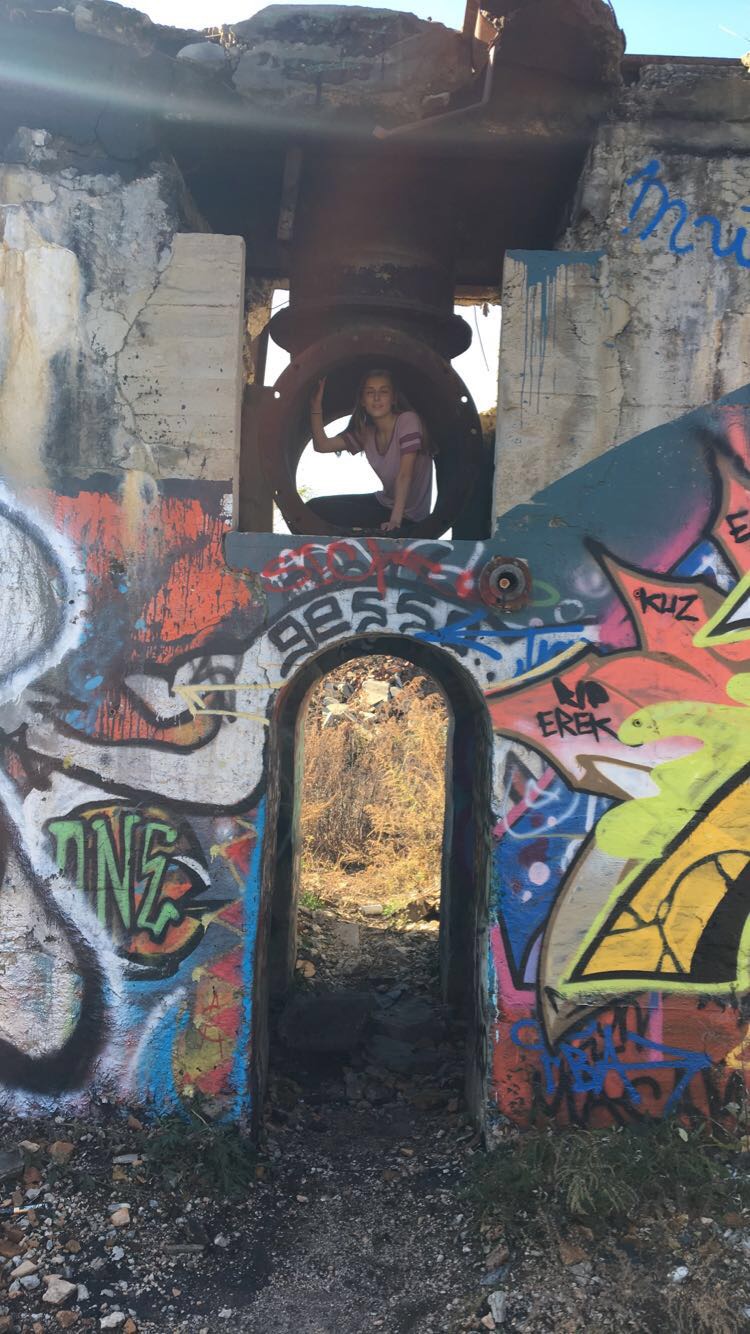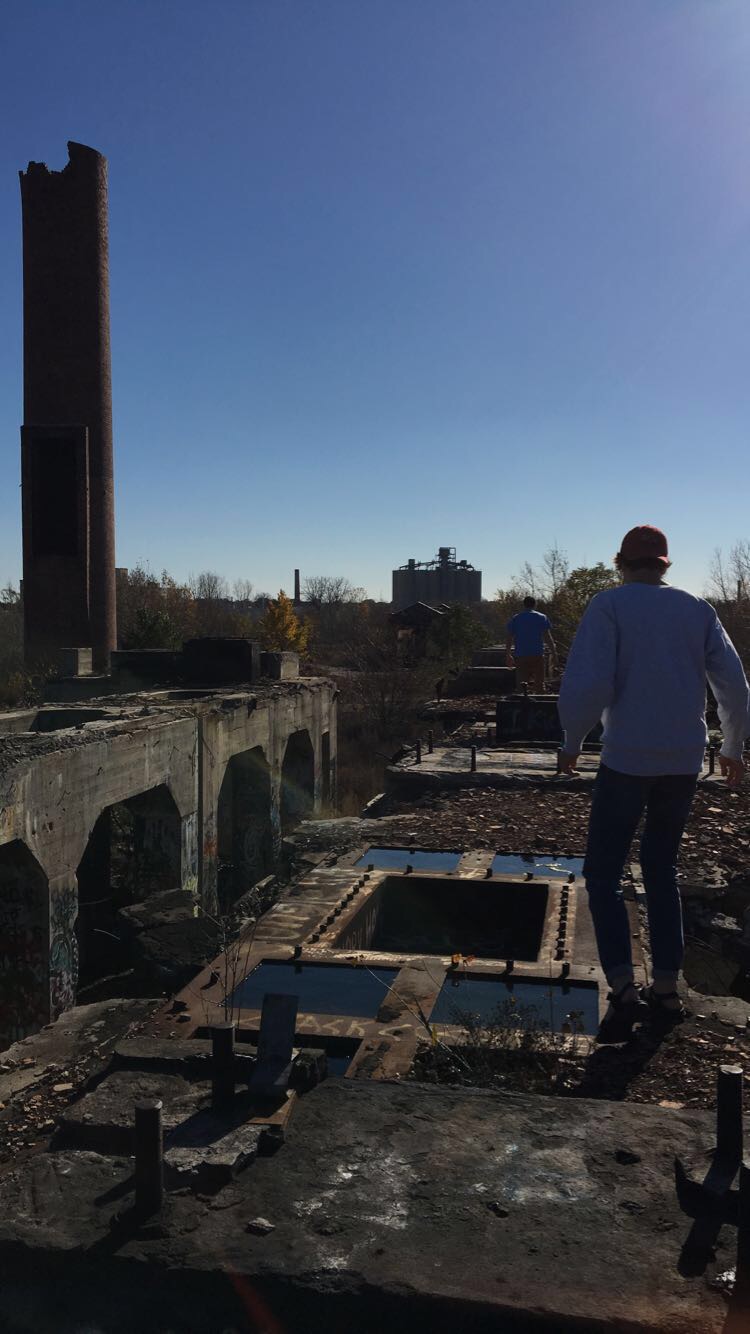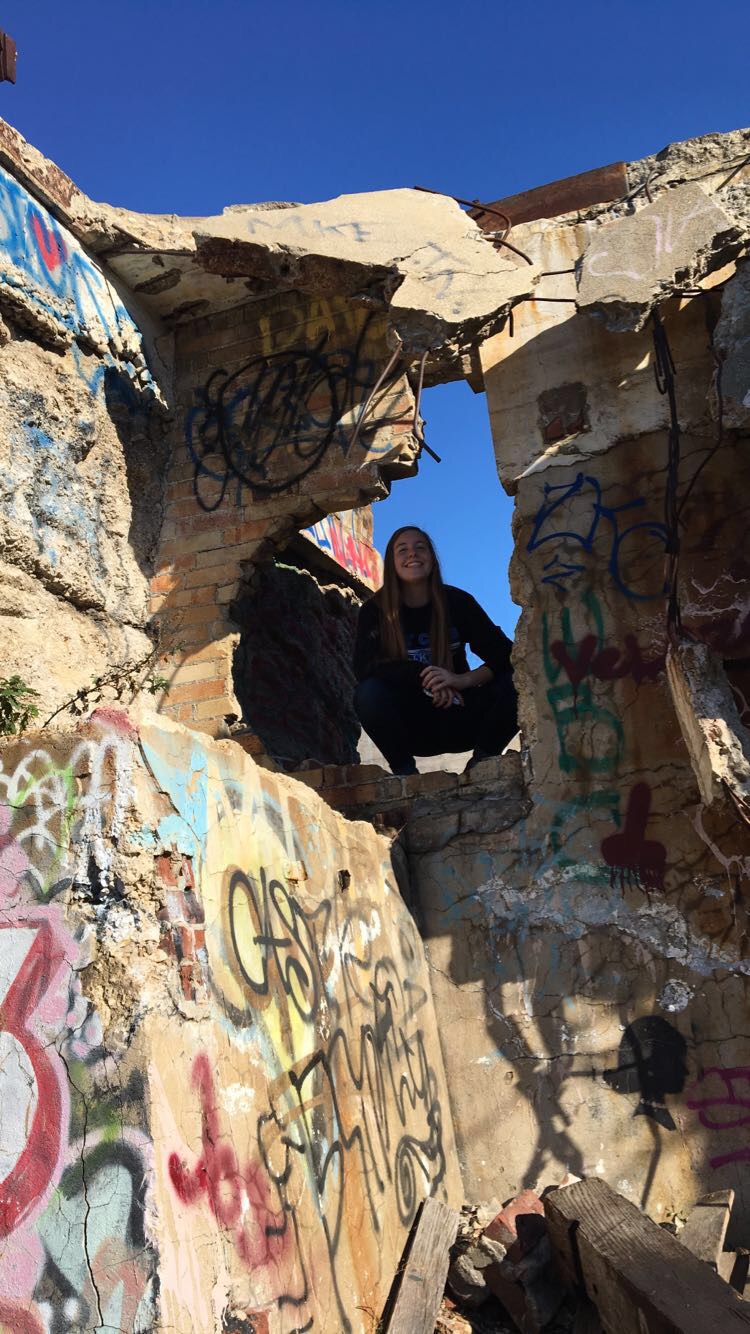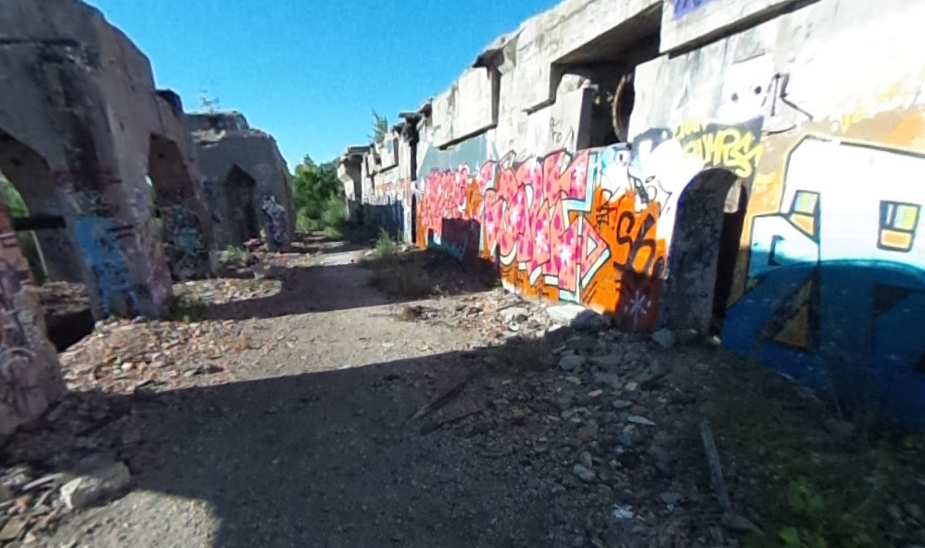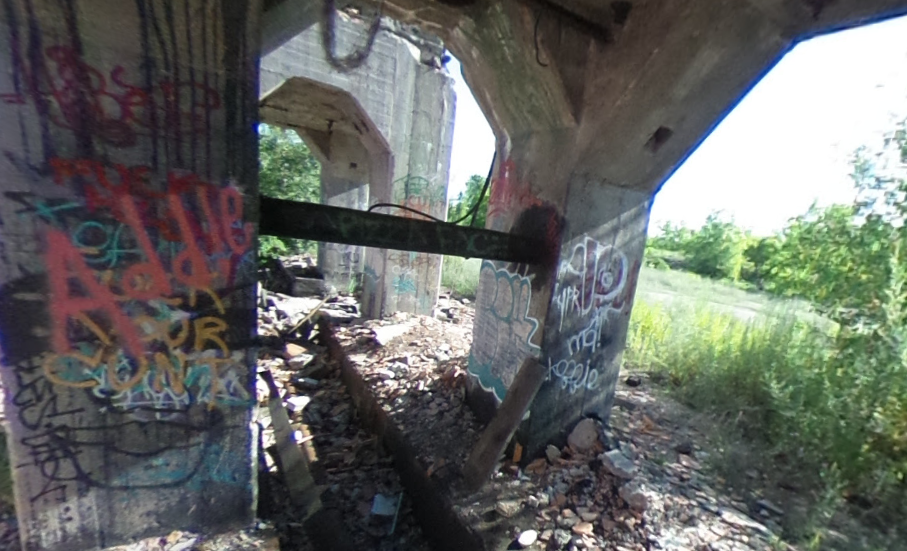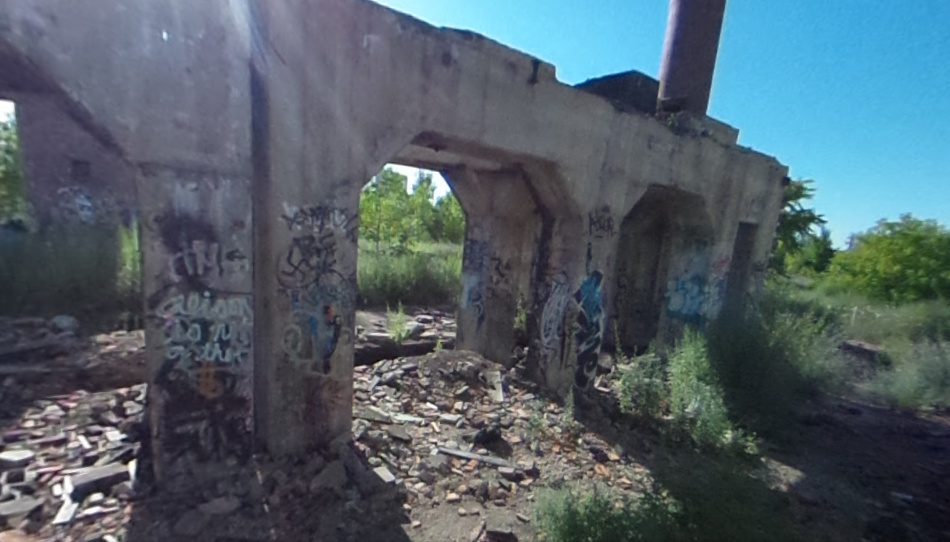OverviewVisit this abandoned hospital (where Hillary Clinton was born!) by taking the red line to Bryn Mawr. Once you're there, walk to 5700 North Ashland Avenue and take a couple laps of the block to see how many people are outside. Usually, it's about a million. I swear, no one in this part of the city ever goes to sleep. They'll all be sitting on their porches waiting for you to walk by. If you're lucky and there's only minimal surveillance, sneak through the fence in the back and make your way in through the back of the building. There is a door, but if it's blocked off you can climb over a small brick wall to access an easier entrance through the east side of the building. Safety and RiskEdgewater is an easy place to get to, but not an easy place to get into. I visited the week before Halloween and was surprised by caution tape, screaming red signs, and archaic-looking metal plaques proclaiming the site's dangerous nature. I've never been somewhere so determined to scare you. It was wild. I've only made it inside the building once, and as soon as I was able to walk into the hospital lobby, I saw car headlights stopped outside and only narrowly escaped. Don't come here unless you're at least a little bit okay with the possibility of getting caught.
0 Comments
OverviewWelcome to my favorite adventure site in Chicago, the ancient Damen Silos! Located at 2860 S Ashland Ave on the south branch of the Chicago River, they're relatively easy to get to without being super public. The easiest way to access the Silos is by taking the Orange Line on the CTA 'L' train to Ashland. If you are driving, this website gives detailed instructions for parking at a nearby Target. From the L stop (or parking lot), walk through the business park until you're halfway down the fence and crawl through the hole directly across from the warehouse. You should see something similar to the images above - that's how you know you're at the right place. Once inside the fence, you can explore the abandoned warehouse and silos without much trouble, as long as you keep inconspicuous. The WarehouseOffering its own sort of adventurous charm, the warehouse has three crumbling floors of colorful graffiti and artistically-disheveled metal. If you were a fan of Milwaukee Wisconsin's Solvay Coke & Glass factory (rest in peace, my friend), you'll absolutely love this place. The building is almost identical in structure. The SilosClimb in through the hole pictured above (located on the silos' north side) and explore the cavernous tunnels of the silos! The amount of rooms and walkways seems endless, so be careful not to get lost. If you have stronger upper arms than me, you can probably climb to the top on the rope, too. It's located on the building's exterior on the river bank side, accessible and hidden from view. Safety and RiskIf this place's risk-of-getting-you-arrested was on a five-star system, it would be a solid two. There's a security guard that patrols the site and does a few rounds at night, but he's fairly easy to avoid. He sits in a car with a flashing green light at the top, but he'll turn off the light if he's trying to sneak up on you. I haven't been caught by him, but some friends who have said he just gave them a stern warning and told them to leave. Doesn't sound too risky to me! Nevertheless, be careful swinging your flashlight or taking pictures with flash if you're visiting at night. The windows in both locations make it easy to give yourself away. Some HistoryI know WAY TOO MUCH about this wild place. How much, you ask? Click here to read one of the longest essays I've ever written about the history of the Damen Silos. It's entertaining, I promise.
OverviewThere's not many places you can explore where you're confronted with the actual history of the site rather than the depth of your spray paint cans or scope of your camera lens. This abandoned ski lodge, still filled with hastily-scribbled paperwork, snow-stained lift tickets, slightly-faded race bibs, and sun-washed vintage posters brings to mind the memories of a real, living and breathing business in the way that a completely-trashed elementary school hopelessly covered in graffiti does not. The bedrooms here are still made up - sheets tucked in and trash cans emptied as if they could accept residents tomorrow. The room that was once the dining hall still has empty cases of soft pretzels and slushie machines, logos familiar enough to be seen in a modern cafeteria. The route map outside proclaims most of the runs to be open and plowed, despite being closed and empty for years. This place was abandoned, it seems, instantaneously - leaving an ever-present snapshot of that moment in history. Finds like these are a gem in urban exploration, rare to exist and even rarer to find. Welcome to Sugar Loaf mountain. Location LayoutThe resort itself is fairly large with an open reception center and banquet hall in the front, ski rentals and dining hall in the basement, hotel rooms in a wing to the left, and a sad-looking outdoor pool to the back. Behind the initial lodge is the mountain, which boasts black diamond runs on the facing side and easier slopes over the back edge. The Resort LodgeThere are tons of doors on the lodge that appear as if they could be opened fairly easily with the right tools, but you don't need anything other than yourself to climb through the back window on the mountain-facing side of the resort. You will find yourself inside of an old office-type room once entering, filled with closets of vintage memorabilia and more scattered paperwork than they use for the school's-out scene of a high school movie. After digging around for souvenirs to take home, the door opposite from the window should lead you into the rest of the building. The MountainThe interior of Sugar Loaf is cool enough to be its own adventure, but don't leave before climbing to the top of the mountain itself. You're going to have to make the hike up a black diamond slope without the help of automated lifts (although five of them sit, vacant, to mock you), but the view at the top is worth it. Bring paint pens or Sharpies to deface the old lift lodges with dozens of other young explorers, adding to the list of inspirational messages along the lines of "hit me up if you like it in the butt" and "dude, call your mom."
Directions + parkingDrive or walk to the Brookfield Soccer complex on Lisbon road, found after taking a left off of Capitol coming from Sendik's. Park on the street on One Mile road or in the Brookfield Soccer complex parking lot for the easiest access. You'll see it right away - below are images of the front and side of the house and its two small barns. Have you been to this property? What did you think? Leave any tips of your own or observations in the comments to help other explorers.
Overview
If you're prepared to drive to Oak Creek, this location is one of the lesser-known abandoned sites. I had to look long and hard to find this place... You can tell me for yourself if you think it's haunted.
Have you been to this abandoned house? What did you think? Leave any tips of your own or observations in the comments to help other explorers!
OverviewThe fact that it's an Insane Asylum just makes this abandoned structure all the more cool. It's not a huge area to explore, but it's great for dramatic photography. Just be careful not to get caught - this place is one of the most likely to get busted (if you're not smart about it). DirectionsPark wherever you want - people live in the apartments surrounding this site, so anywhere you go won't be suspicious. The asylum is the building in the center. Use only low-power flashlights because bright ones (such as the iPhone flashlight) are very obvious from the outside and can cause onlookers to call the police. Go at night or early morning to avoid people entering and leaving the apartments. Have you been to this site? What did you think? Leave any tips of your own or observations in the comments to help other explorers!
EntrancePark in Tall Oaks Court and walk across South Racine Avenue to the school. DO NOT PARK at the school itself. Police monitor the roads and will arrest any car that appears to be investigating the site. You should be able to see it easily on Google Maps, but if not, the coordinates are 42.947797, -88.15724. The easiest door to open is the one around back across from the Spongebob graffiti. If it sealed by the police occasionally, but there are so many trespassers that it is usually cracked back open before long. If there is a rock or other large object in front of the door, it means there is no one inside because someone had to place that object there from the outside. Navigating the insideThere are three floors, only two of which I have explored. When you first walk in, you can either go up the stairs or down the hall to a door. This door doesn't open. It leads to the basement where a local cult practices human sacrifice. Don't go that way. The staircase should take you to the rest of the school. There is a gym, two levels of classrooms, a cafeteria, etc. If you're lucky, you'll find some cool artifacts from when Prospect Hill was open. If not, you'll still be scared out of your mind. Keep an eye out for my name written in graffiti. HistoryBecause the building was so dangerous, it was closed in 2007. It can't be that dangerous, though, because it's still standing - 9 years later. Have you been to Prospect Hill? What did you think? Leave any tips of your own or observations in the comments to help other explorers!
OverviewYou can all thank my buddy Riley Tsang for putting a rusty old shopping cart on top of a few carefully-stacked planks of wood. These strange objects denote your entrance to this cozy yet intriguing little abandoned building. I call it a shack because it only includes about four rooms total, but with two levels and plenty of places to climb, it's definitely one I'll go back to (especially because it's close to so many other sites on this list). DirectionsPark at Doyne Park on 5300 W Wells Street. If you're looking for the building, the coordinates are 43°02’28.3”N and 87°58’09.2”W. Climb up the planks of wood (and shopping cart pieces) to reach the second floor of the little shack. Don't worry - it's sturdier than you think. No one's died yet. Have you been to this site? What did you think? Leave any tips of your own or observations in the comments to help other explorers!
Have you been to Solvay? What did you think? Leave any tips of your own or observations in the comments to help other explorers!
If you see the dark buildings to the right of the image above, those are what used to be the Solvay Coke and Glass factory. That part is now torn down. On the left of the image is a tan-colored set of crumbling arches. Those are the basis of this exploration. The longitude and latitude coordinates of this site are 43.014490, -87.907573. DirectionsPark near 302 E Greenfield Avenue (it doesn't really matter where - since you're in the middle of the city, the police don't patrol for weird cars like they do in suburban exploration sites). There might be a fence up around where Solvay Coke and Glass used to be (that super cool graffiti-covered factory that shows up every few seconds on your Instagram feed), but if you can get around it, there's plenty of things to explore in the back. One easy way is to walk along the train tracks following the Google Map shown above until you see the two tall red-brick towers. There's a link posted below as well and GPS coordinates above. Have you been to this site? What did you think? Leave any tips of your own or observations in the comments to help other explorers!
|
